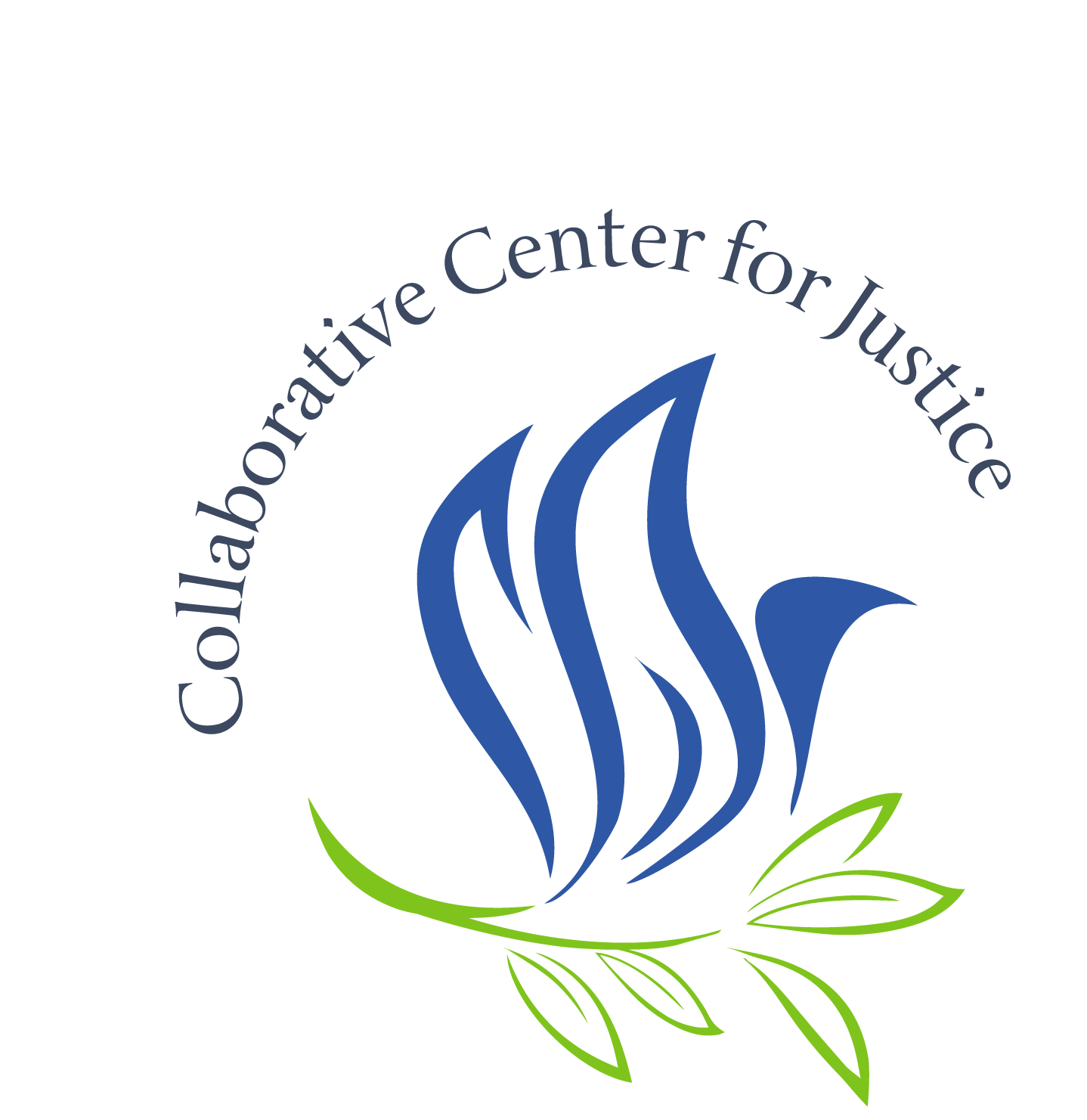
The Issue:
Social distancing remains the most effective preventative measure available against COVID-19. It is nearly impossible in congregate living facilities such as halfway houses, shelters, and prisons. At nearly 600 cases among imprisoned people – and 369 cases among personnel – Connecticut’s prisons and jails have the eighth most infections in the nation among similar facilities.
This is preventable. Current and former corrections officials, Yale medical and public health faculty, and human rights advocates agree that safely releasing significant portions of the incarcerated population is not only possible, it is the best way to prevent mass infections and deaths among inside those facilities, and the communities to which both personnel and inmates return.
While Connecticut’s prison population has been on a steady decline for over a decade, the racial disparities in who gets incarcerated and for how long have not budged. That means that Black and Latinx communities, and the poor more broadly, that are already bearing the burden of our unjust health and justice systems, will be uniquely impacted as the coronavirus continues to spread in prisons and jails.
To avoid further harm, we are asking that the Lamont administration release at least the following people and ensure that they are placed in dignified, safe housing and are connected to the supports they need for a safe reintegration to the community:
- youth who do not pose a risk to others
- people near the end of their sentences
- people re-incarcerated for technical parole violations
- those in pretrial detention who are, by definition, legally innocent
Under the constitution, Governor Lamont has sweeping pardon powers. His authority to govern by executive order during a crisis only amplifies these powers.
Potential Talking Points:
- Social distancing as an infection prevention strategy is impossible in jails and prisons. Even in good times, incarcerated people live in close quarters, are forced to ration state-issued soap and cleaning supplies, and share bathrooms.
- The state has a legal and moral responsibility to protect the lives and wellbeing of all those under its authority. If it cannot, Governor Lamont should safely relinquish that authority wherever possible.
- Healthcare resources inside prisons are meant to treat a small number of relatively mild illnesses. Once those medical resources are exhausted, imprisoned patients will have to be transferred to already strained outside hospitals.
- Over 15 governors across the nation have already begun to take these measures. Since Governor Lamont declared on March 24 that he had no plan to draw down the prison population, hundreds of inmates and personnel have been infected.
Additional Resources:
“A Public Health Doctor & Head of Corrections Agree: We Must Immediately Release People from Prisons & Jails” – The Appeal, March 27, 2020
“Protecting Decarcerated Populations in the Era of COVID-19: Priorities for Emergency Discharge Planning” – Health Affairs, April 13, 2020
“Can We Fix Mass Incarceration Without Including Violent Offenders?” – The Marshall Project, December 12, 2019
“How Coronavirus Affects Black People: Civil Rights Groups Call Out Racial Health Disparities” – News One, March 13, 2020
“It Spreads Like Wildfire: Coronavirus Comes to New York’s Prisons” – The New Yorker, March 24, 2020
“Blumenthal, Murphy demand answers on spike in COVID-19 cases at Danbury prison” – CT Mirror, May 5, 2020


